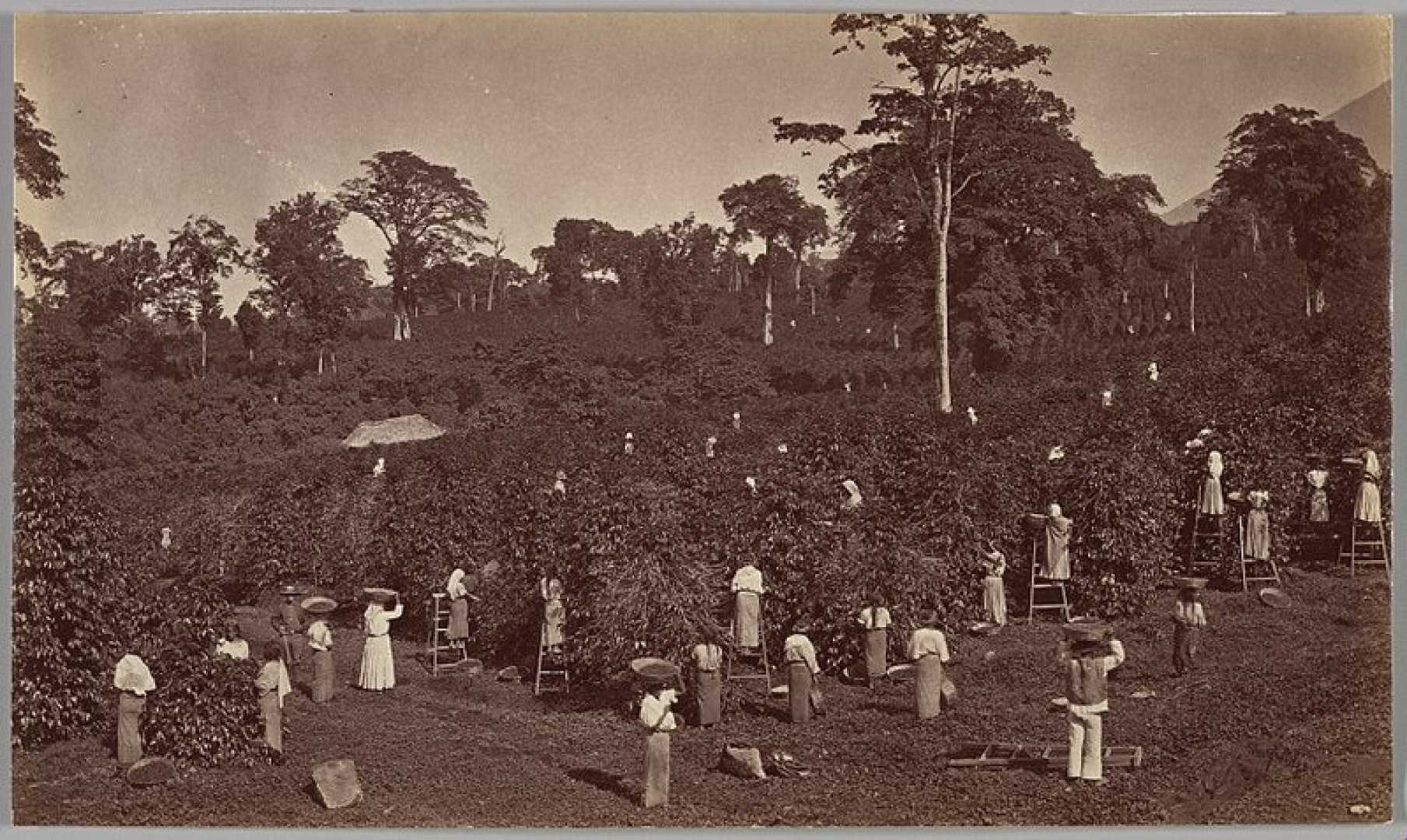Business
Spanish Coffee Culture Captivates Americans Through José Andrés’ Insights

WASHINGTON, D.C. — Renowned chef José Andrés is drawing significant attention in the United States by highlighting the stark differences in coffee culture between Spain and North America through his newsletter, Longer Tables.
Andrés explains that coffee in Spain transcends being just a beverage; it’s a vital part of social life, providing opportunities for pause, conversation, and enjoyment. While many Americans may view coffee as merely a stimulant, he envisions it as an essential element in daily routines.
In Spanish cities and towns, it’s common to see individuals enjoying coffee at any hour of the day, often in small quantities and multiple times daily. This practice encourages moments of relaxation and social interaction, contrasting sharply with the American approach, where coffee is typically served in large cups for consumption on the go.
“In Spain, coffee is also a family ritual, shared after meals or as an excuse to gather with friends and neighbors,” said Andrés. “In workplaces, coffee breaks promote interaction among colleagues, fostering a closer and more relaxed environment.”
This sociable lifestyle surrounding coffee diverges from the quick, functional American beverage culture. Andrés notes that traditional Spanish coffee options, such as café solo, cortado, and the famous carajillo—which combines coffee with liquor—are often unheard of in the U.S.
“The diversity of coffee experiences in Spain showcases our creativity and the importance we place on enjoying our coffee,” he remarked. While Americans often pair coffee with cookies or donuts, Spaniards typically enjoy it alongside ensaimadas, magdalenas, churros, or even torrijas, reinforcing the idea that coffee is an experience, not just a drink.
In many Spanish cafés, breakfast combinations, such as toasted bread with tomato and olive oil served with café con leche, are popular. This simple yet healthy pairing is widely favored by Spaniards to start their day with energy.
In regions like Andalusia, coffee is complemented with pestiños or homemade cake, while in Catalonia, it’s common to pair it with local pastries. Reflecting on his time in Barcelona, Andrés reminisces about frequent visits to Bar Pinotxo, a local spot famous for its close-knit service and tradition. There, he enjoyed his café con leche served by the iconic Juanito.
Andrés asserts that traditional cafés are much more than places to drink coffee; they are social hubs. “These establishments have borne witness to decades of conversations, political debates, and impromptu gatherings,” he stated. Although large chains are gaining popularity, neighborhood cafés remain central to Spain’s coffee culture.
“Coffee represents not just a beverage but a fundamental element of social life and a key component of Spain’s culinary identity,” he added. However, some Spaniards have begun adopting quicker coffee-drinking habits due to the fast-paced lifestyle, opting for coffee on their way to work or in travel mugs. This change often stems from convenience rather than preference.
While large chains continue to thrive, traditional cafés maintain a loyal following, demonstrating that coffee remains a symbol of community and togetherness in Spain.
José Andrés also mentions that some U.S. cities are starting to embrace the Spanish way of drinking coffee. New York and Las Vegas now have cafés attempting to replicate the traditional Spanish experience, offering coffee options that are more reflective of those found in Spain.
Moreover, he notes an increasing willingness among Americans to try new coffee styles, such as the cortado or iced coffee, which were previously foreign to them. Globalization has allowed Spanish coffee culture to spread, with Spanish-inspired bars now appearing in cities like Los Angeles, Chicago, and Miami.












